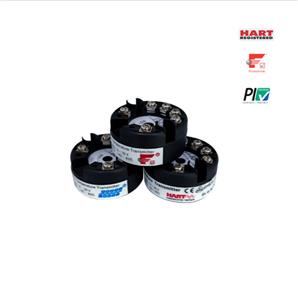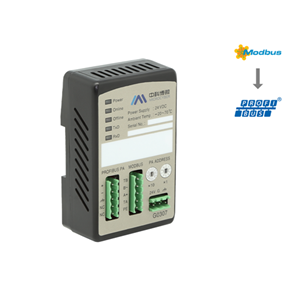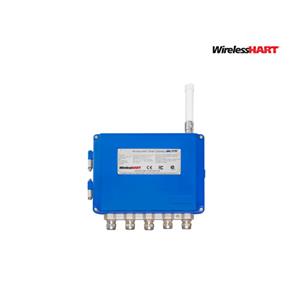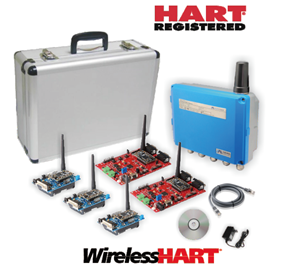Why Instrumentation Purchases Should Require FDI Device Packages
FDI Advantages
For nearly two decades, process automation host systems and instruments have relied on Device Description (DD) software driver files to define what an instrument can do and how it operates within the host. Users most likely associate these files by their extensions such as “.fm6,” “.fm8,” “.ff0,” and others.
The FDI standard also uses DDs, but now the DD is encapsulated in a software package—similar to a ZIP file—that can also include specialized user interface plugins and documentation. The file extension associated with an FDI Device Package is “.fdix.” Of particular importance for instruments that support an FDI Device Package, the DD provided includes the following new features by specification, many of which users have requested for years.
A standard information model is necessary to increase asset management and IIoT connectivity to instrument data across the OT/IT chasm, which, up to this point, has been a major challenge in the process automation industry. Users in the space are hearing much more about advanced process control optimization, machine learning, artificial intelligence, and overall equipment effectiveness (OEE) optimization than they were five years ago. Effectively taking advantage of the promises inherent in these ideas requires tremendously easier access to data from the operations side than has historically been available.
This standard enables protocol-agnostic communication of common process automation instrument parameters, including semantic IDs as defined by IEC 61987. The elimination of automation protocol dependencies simplifies the integration of IT and OT systems, and the inclusion of semantic device information enables unambiguous machine-to-machine (M2M) communication. HART or Fieldbus-specific implementations are converted into the address space of the PA-DIM Information Model.
Configuring instruments and systems prior to installation—or offline—and then downloading the configuration to the physical instrument in the field when it is ready, is required for faster commissioning and reduced downtime during turnarounds. In the process automation industry, commissioning tends to be a systematic, comprehensive, and well‐planned process, ensuring that all instruments, controllers, and asset management systems are configured per the operational requirements for a specific application. Offline configuration helps further improve the efficiency of this task.
FDI Device Packages may come with a vastly improved user interface plug-in (UIP) supporting .NET or HTML5 technology. All registered host systems that support FDI must support UIPs. Prior to FDI, the user interfaces for system-integrated instrument configuration tools were limited to text and simple graphics, or reliant upon vendor or OS-specific custom applications. The FDI standard defines a new user interface that can be included with FDI device packages, complete with real-time configuration and visualization capabilities, which reduce the chance of entry errors.




